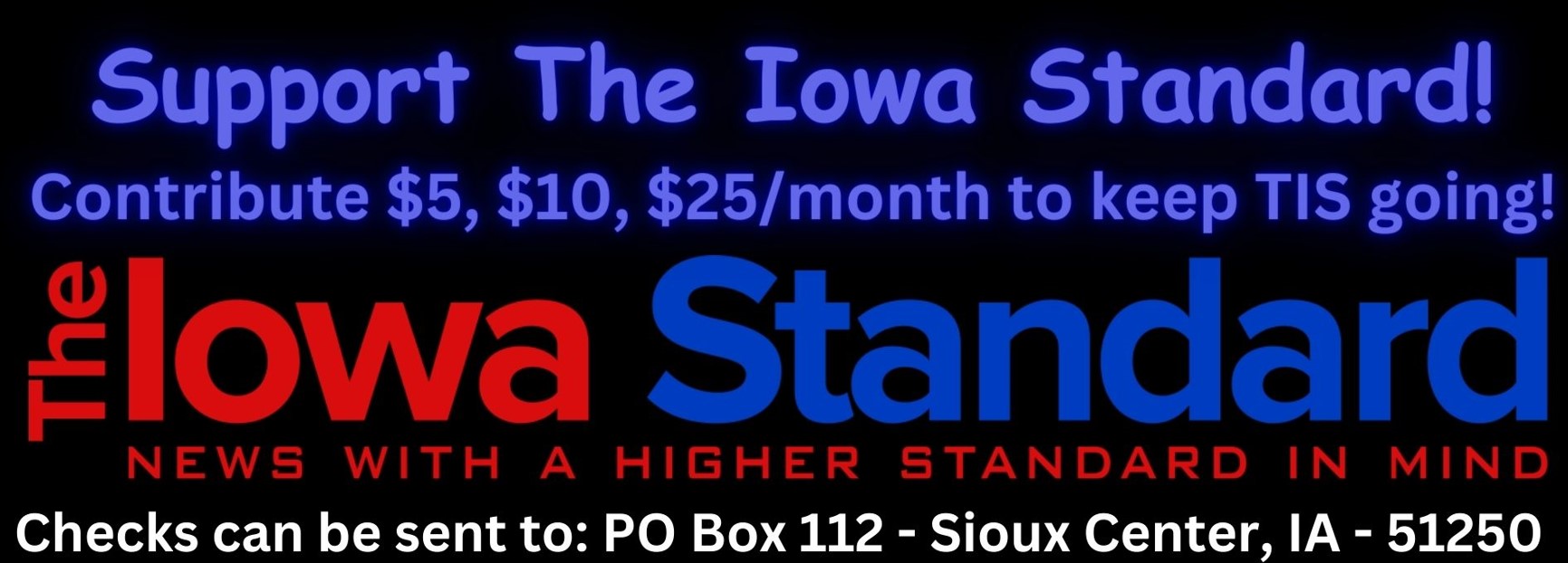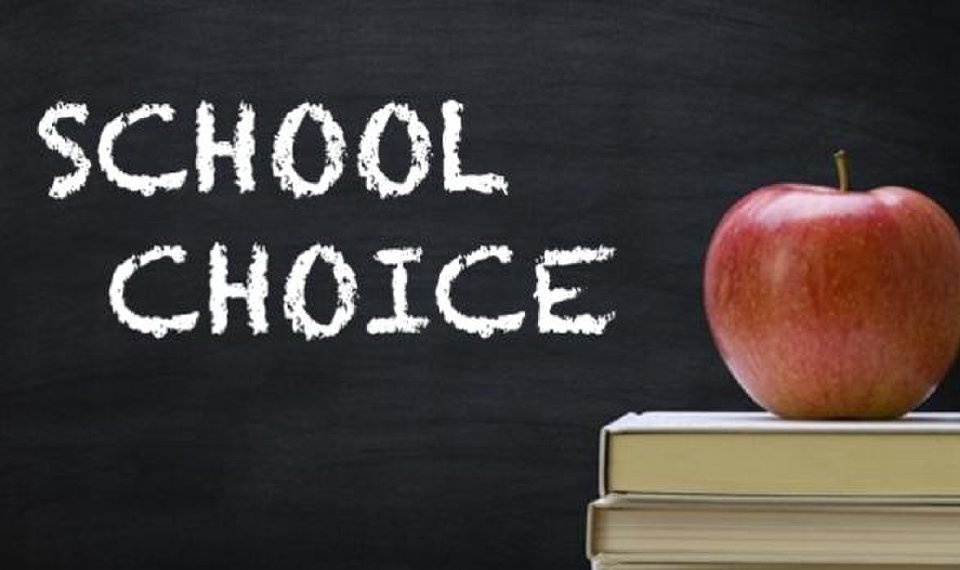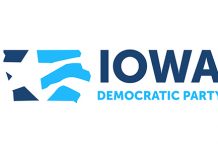During her Condition of the State address, Governor Kim Reynolds outlined a comprehensive school choice reform plan. One aspect of this calls for expanding charter schools in Iowa. Charter schools are public schools that are run independently but are still held accountable to state and federal standards. These schools are currently limited in Iowa but can provide a more flexible learning environment. For example, a charter school could focus on STEM (Science, Technology, Engineering, or Math) or another academic discipline. Expanding charter schools in Iowa will offer more educational opportunities for families.
The expansion of charter schools across the country demonstrates families demand access to more high-quality education. Charter schools’ success often draws public-school advocates’ ire because charter schools are viewed as competition for students (and thus valuable state funding). Unfortunately, this often results in misleading statements.
In a recent debate within the North Scott School District, a statement was made that charter schools in Milwaukee, Wisconsin failed to perform as well as the local district. Peer–reviewed and published research from national and Wisconsin organizations, along with data from the state’s department of education, shows that Milwaukee charter schools outperformed the local school district in reading and math.
In fact, Wisconsin is an example of a state that provides various educational options to its students. Milwaukee, specifically, is a robust marketplace of traditional public, public charter, and private schools. Policymakers should look to other states, including Wisconsin, when determining how best to serve Iowa students.
The Wisconsin Institute for Law & Liberty’s 2019 Apples to Apples report found that both charter and private schools increased education quality. The study noted that 5 of the top 20 schools were private voucher schools and 4 of the top 20 were charter schools. A recent study by the Thomas B. Fordham Institute analyzed the impact of charter schools on traditional public schools and found that they do not necessarily deprive public schools of resources, but could increase resources to the school district. A similar study in North Carolina found that charter schools did not create a financial hardship on area school districts.
North Scott school board members should not be afraid of competition. Numerous academic studies demonstrate that public schools get better when more choice is provided in any school district.
Expanding charter schools will force greater competition in education. “The growth of public charter schools in an area decreases the monopoly power of local school districts, pressuring them to respond in constructive ways or risk losing customers,” wrote Patrick Wolf, Distinguished Professor of Education Policy at the University of Arkansas College of Education and Health Professions.
Competition in education is healthy and it will require public schools to consider how to better serve their students or risk losing students to another school. Competition will also encourage public schools to spend more resources in the classroom. “If a public school wants to please parents and retain students, focusing more resources on instruction and student supports is a logical place to start,” noted Wolf.
The same holds for Education Savings Accounts (ESAs). ESAs provide flexibility for parents who wish to send their children to a non-public school. Under an ESA policy, parents can utilize funds to help pay for tuition or other educational expenses. ESAs allow funds to follow the student rather than a specific school. Public schools are not harmed, and since the funds used to pay for an ESA come from the state, the local school district is able to keep money within the district.
“Moreover, since only state funding would follow a child, a lot of money would stay with the public school, increasing resources for each child remaining in the public school,” wrote Corey DeAngelis, Director of School Choice at the Reason Foundation. Further, DeAngelis wrote, “A family taking money for their child’s education from a public to a private school no more siphons dollars from a public school than choosing to go to Price Chopper siphons from Hy-Vee.”
The focus of education should be on students and not on school bureaucracies.
Opponents of expanding charter schools or ESAs continue to utilize the tired argument that greater choice will harm traditional public schools. These arguments do not hold water. Parental choice in education creates opportunities for families, especially for those who cannot afford a private option.
Does the North Scott school district care more about educating students or protecting the system?

















